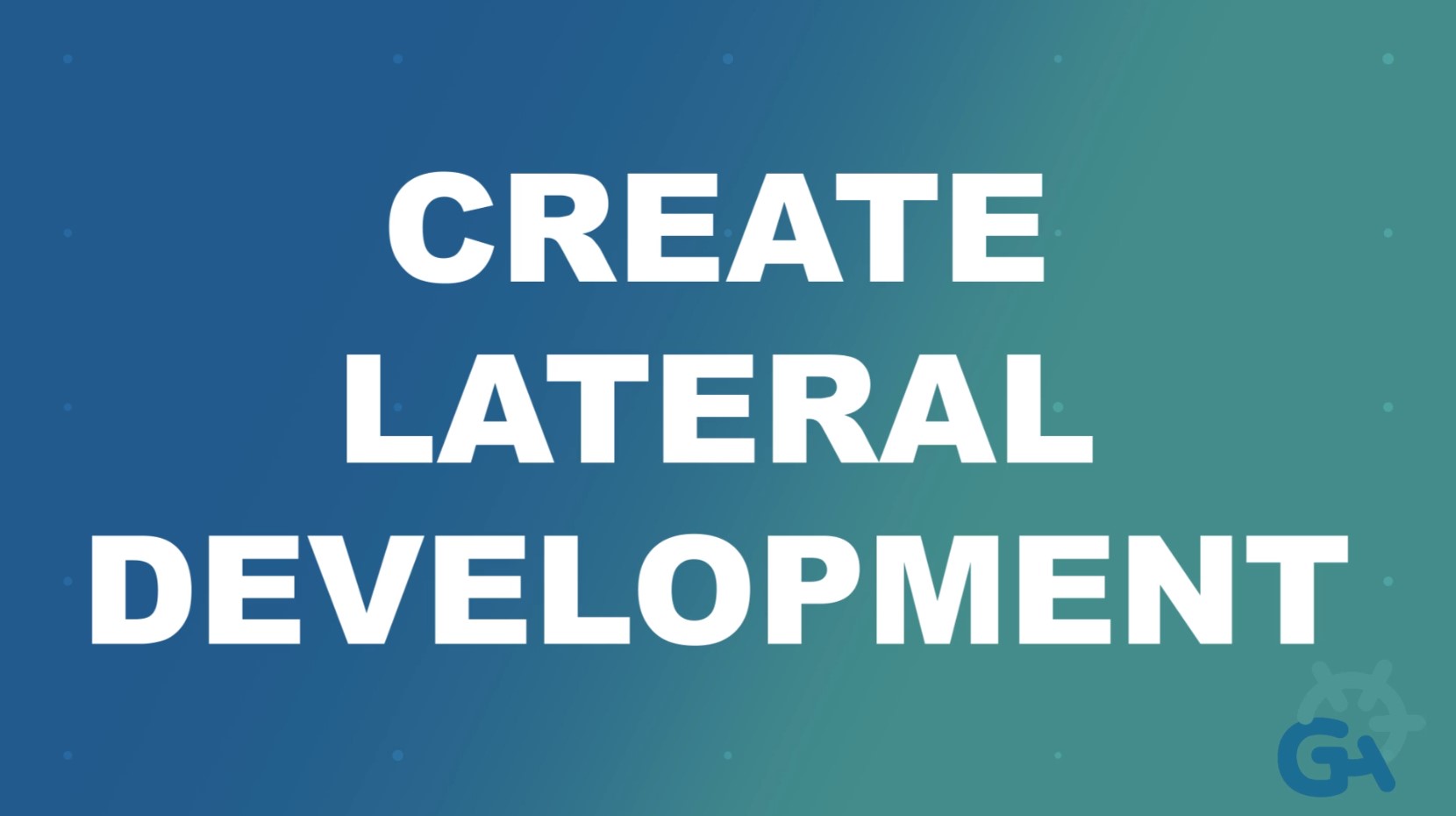
Execution, Accountability, & Alignment: Symptoms to Understand, not Problems to Solve
Leaders and managers face constant pressure to produce complex output with overtaxed resources under unpredictable circumstances. It’s easy to say that to stay profitable an organization must stay nimble, but the impact of overload, uncertainty, change, and even rapid growth across a diversified workforce isn’t straightforward. Failure modes in execution, accountability, and alignment threaten to crater results, exhaust employees, and throw off extra expenses:
- Execution failures range from the inability to adjust activity in light of new information to systematic, often accidental discouragement of innovation. When silos or missed commitments impede collaboration and sequester resources in the wrong places, overall performance suffers.
- Accountability gaps often take the form of unclear plans, or status updates so heavily polished as to obscure what’s really going on. Either way, the diminished trust and defensiveness between teammates that follows can only damage both commitment and results.
- Alignment problems between individuals or groups force people into a futile arms race as peers advocate for themselves and fight each other for resources and attention. Poorly defining expectations and actively avoiding negative news only compound the problem.
These issues are serious; their impact potentially catastrophic. So, it’s no surprise to find providers offering solutions promising to overcome each one, tempting overtasked HR and business executives to fight the evil they see. Have accountability problems? Work on goal-setting and planning. Struggling cross-functionally? Ramp up communication and internal advocacy. In this way, every obstacle can supposedly be overcome by an equally specific solution.
Or not. A CHRO or VP of Operations can literally spend an entire career defining problems, researching solutions, auditioning providers, and implementing program after program – all without ever addressing the underlying cause of… well, anything. Along the way, things may improve incrementally – but not permanently, not in proportion to the time and effort invested, and never in a way that does any good for the next problem in line. That’s because the obvious issue often is not be the actual problem at all. Execution, accountability, and alignment aren’t independent challenges to conquer, but related outcomes of the way the organization has collectively decided to work.
Humans construct organizations to produce complex output. The building you live in, the automobile parked outside, the assortment of processed foods in your pantry, and the mobile device in your pocket have one thing in common: none could have been created by a sole actor. The organizing of people and the coordinating of output is central to most of what humanity has produced. Along the way, over the last century or so, we have evolved a set of unspoken assumptions about how best to construct those organizations. These norms are invisible, comfortable and so commonplace as to feel intuitive; they’re generally left unquestioned. Unfortunately, they’re also mostly wrong – at least relative to reality today.
[[RELATED: How Your Management Culture Drives (or Thwarts) DE&I]]
The standard North American management model goes something like this: Begin with a long-range goal, create “the plan” to achieve it, assign resources for each section of “the plan” to a manager who will stitch together subordinate employees’ work in support of his or her piece of the pie, and meet regularly to check that everything is more or less progressing. Typically, the only opportunity to substantively adjust “the plan” and change resource assignments is a presentation-heavy, multi-level, labor intensive review process of heavily curated meetings scheduled no more than twice per year.
Making and occasionally revisiting a long-range plan is certainly useful. But for a moment, hold in mind two ideas simultaneously: First, the North American management model’s reliance on holding to a stable version of “the plan” and its resource allocations. Second, the fact that in today’s world much of the basis for “the plan” will probably change weekly, not semiannually. Now, consider again the issues of execution, alignment, and accountability. You’ll find it nearly impossible not to notice three things:
- Execution Failures arise as soon as reality diverges from “the plan.” Work groups can’t pivot quickly enough, innovation is discouraged, and silos begin competing for ever-scarcer resources as teams try to overcome by brute force the discrepancy between plan and reality.
- Accountability Gaps appear shortly thereafter. Increased workload adds to role confusion and data overload, meetings get longer and more verbose, pressure increases to explain away problematic results, scrutiny ramps up all around, and trust falters.
- Alignment Issues naturally follow. Individuals begin advocating for themselves and bickering over the competing needs, team meetings become more ceremonial than practical, and even the most basic definitions of who-is-doing-what end up mired in confusion and debate.
Tackling these as individual obstacles won’t solve the problem causing them any more than taking an aspirin will repair a broken arm. What’s needed, in engineering parlance, is a “root cause fix.” In this case, that means a changed set of operational parameters for how the organization works.
[[RELATED: Fail Forward Fast: Get Over Being Right and Get On With Getting On With It]]
This isn’t hypothetical. Around 10-20% of organizations have already evolved new practices. Their management teams meet regularly to look forward at the likely outcomes of the present course, not backward at what’s been done so far. Their executives and managers make data-based decisions and execute synchronized adjustments based on what’s ahead and how it differs from what’s planned, not what’s already happened and who is at fault. And bringers of bad news aren’t simply tolerated, they’re actively encouraged, because the sooner an early warning appears, the more time there is to respond.
Plans still exist in this scenario, of course – as a framework. But the daily job of management at all levels isn’t to hold the organization to the plan, but to shepherd the organization to its goal(s). This could reasonably be called the opposite of standard North American management. At Group Harmonics, we simply call it Iterative Management®. The closer any organization gets to this standard, the better its chances of exhibiting agility and coordinated execution in the face of constant change.
Defining this type of management and then developing innovative ways to shift culture by changing embedded assumptions has been the focus of much of my professional career. And it’s been said that the first step in solving a problem is recognizing that you have one. In this case, I’d amend that to “recognizing the problem you actually have.” If your organization is facing challenges in execution, accountability, or alignment, whether all the time or only when change is afoot, that indeed is a problem worth solving. But in my experience, you’ll be much better served in both the short and long run if you solve it by finding the cause instead of attacking the symptom. Do so and you’ll solve today’s problem more permanently, prevent a few of tomorrow’s problems, and end up with an organization more capable than you ever thought possible.
—-
This article was excerpted from Execution, Accountability, and Alignment: Correcting Causes, Not Symptoms, a Group Harmonics Industry Intelligence whitepaper. Visit the archive for the full version, as well as other whitepapers and case studies about changing management culture and norms.
(Originally published on LinkedIn.)
- Meet for a Reason (C-Suite TV) - April 29, 2024
- Don’t Be Fooled: Bigger Doesn’t Equal Slower – Letters to Leaders - April 15, 2024
- Create Lateral Development (C-Suite TV) - February 28, 2024








